I wrote this algorithm that accounts for missing coordinates as well as coordinates with errors.
Python Code
# Input [x, y] coordinates of a 'sparse' grid with errors
xys = [[103,101],
[198,103],
[300, 99],
[ 97,205],
[304,202],
[102,295],
[200,303],
[104,405],
[205,394],
[298,401]]
def row_col_avgs(num_list, ratio):
# Finds the average of each row and column. Coordinates are
# assigned to a row and column by specifying an error ratio.
last_num = 0
sum_nums = 0
count_nums = 0
avgs = []
num_list.sort()
for num in num_list:
if num > (1 + ratio) * last_num and count_nums != 0:
avgs.append(int(round(sum_nums/count_nums,0)))
sum_nums = num
count_nums = 1
else:
sum_nums = sum_nums + num
count_nums = count_nums + 1
last_num = num
avgs.append(int(round(sum_nums/count_nums,0)))
return avgs
# Split coordinates into two lists of x's and y's
xs, ys = map(list, zip(*xys))
# Find averages of each row and column within a specified error.
x_avgs = row_col_avgs(xs, 0.1)
y_avgs = row_col_avgs(ys, 0.1)
# Return Completed Averaged Grid
avg_grid = []
for y_avg in y_avgs:
avg_row = []
for x_avg in x_avgs:
avg_row.append([int(x_avg), int(y_avg)])
avg_grid.append(avg_row)
print(avg_grid)
Code Output
[[[102, 101], [201, 101], [301, 101]],
[[102, 204], [201, 204], [301, 204]],
[[102, 299], [201, 299], [301, 299]],
[[102, 400], [201, 400], [301, 400]]]
I am also looking for another solution using linear algebra. See my question here.


